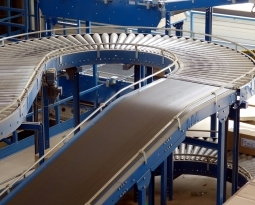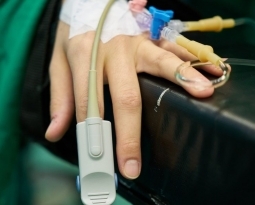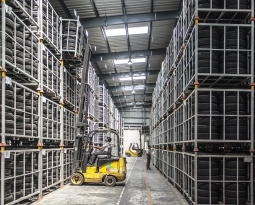Ohio Patent of the Month – October 2023
Movement disorders, like motor paralysis and sensory disturbances, commonly result from brain or spinal cord injuries. The two most prevalent treatment methods are electrical stimulation – including deep brain stimulation (DBS) – and pharmaceutical treatments. The efficacy of each varies greatly by each individual patient and numerous environmental and circumstantial factors. Great Lakes NeuroTechnologies, Inc. is working to develop a multifaceted approach to the treatment and recovery of individuals with movement disorders with improved patient outcomes.
At its core, this invention involves a system that utilizes advanced technology to provide personalized and adaptive treatment recommendations for individuals with movement disorders. The system incorporates various components, including a movement measuring apparatus equipped with sensors that record external body motion during specific tasks or exercises. This data is then transmitted to a central database containing historical movement data and recommended treatment protocols from a multitude of other subjects.
What sets this system apart is its ability to use pattern recognition and correlation algorithms to match a patient’s movement data with historical data from similar cases. This process enables the system to determine a recommended treatment protocol based on the success of past treatments for individuals with similar movement data. In essence, it leverages a vast database to provide highly personalized and effective treatment recommendations.
The system is designed to be user-friendly and portable, allowing individuals to carry it with them and receive treatment in various settings, including their own homes. This empowers patients to actively engage in their rehabilitation, with the system offering real-time feedback and assistance.
Additionally, the system can be accessed remotely by clinicians, enabling them to monitor a patient’s progress and make necessary adjustments to the treatment plan. This not only enhances the overall quality of care but also ensures that treatment is tailored to the patient’s changing needs.
Are you developing new technology for an existing application? Did you know your development work could be eligible for the R&D Tax Credit and you can receive up to 14% back on your expenses? Even if your development isn’t successful your work may still qualify for R&D credits (i.e. you don’t need to have a patent to qualify). To find out more, please contact a Swanson Reed R&D Specialist today or check out our free online eligibility test.
Who We Are:
Swanson Reed is one of the U.S.’ largest Specialist R&D tax advisory firms. We manage all facets of the R&D tax credit program, from claim preparation and audit compliance to claim disputes.
Swanson Reed regularly hosts free webinars and provides free IRS CE and CPE credits for CPAs. For more information please visit us at www.swansonreed.com/webinars or contact your usual Swanson Reed representative.

















